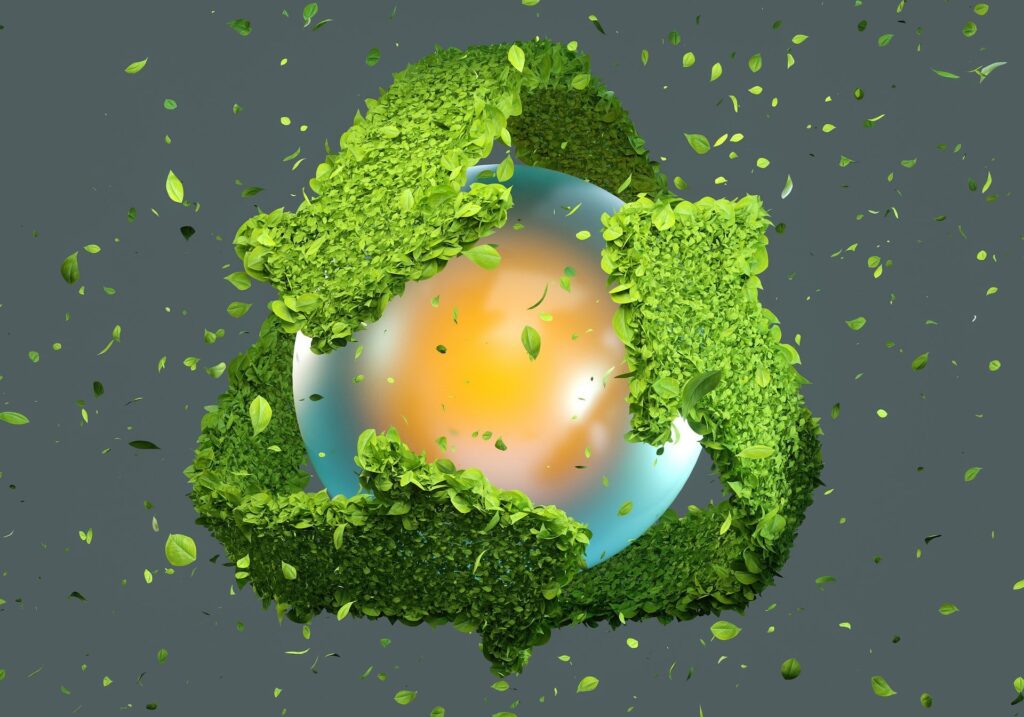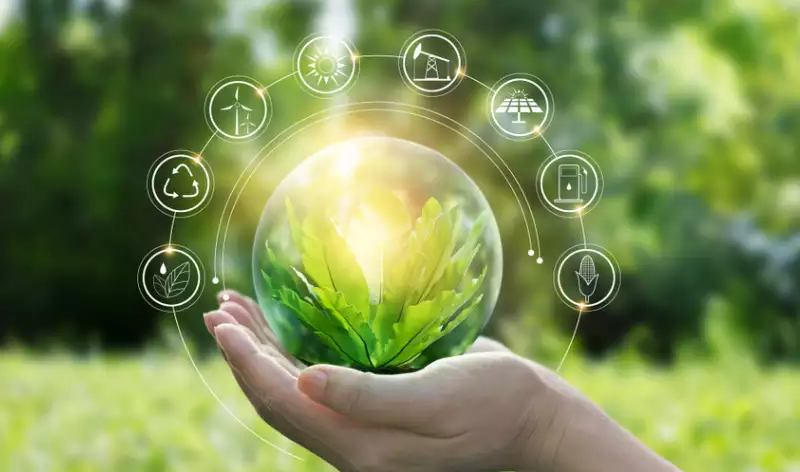
According to the ministry of environment, forest, and climate change, under the government of India, India is the fifth-largest economy in the world. The nation generates approximately 62 million tons of waste with an average annual growth rate of 4%. It is also found that currently, India generates 70 million metrics of municipal solid wastes. Out of it, only 20% is recycled and the rest ends up in landfills and oceans affecting humans, and marine life, along with destroying the environment. This necessitates a solid waste management system in place.
It is estimated that waste management in India is potentially a $15 billion industry. Out of the entire waste produced in India, 25% are dry waste components that can be recycled. This recyclable waste, dumped into landfills due to a lack of proper collection and infrastructure, can be reused as raw material. If it is properly segregated and processed further, it can be a highly lucrative source of revenue generation.
According to the Un-Plastic Collective (UPC) study, India produces 9.46 million tonnes of plastic waste per year, with 40% of it remaining uncollected. India also generates about two million tonnes (MT) of e-waste annually, which makes plastics and electronics two key components of waste generation. However, these waste generation components, alongside solid waste, have a huge potential to be capitalised into channels of high revenue generation.

